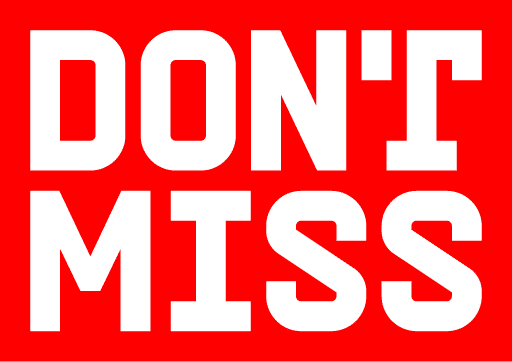Sarajevo is one of the few places in the world that can rightfully claim to be the point where East meets West. Even if it may not be justified geographically, Sarajevo is surely such a place culturally. Within the span of a few hundred meters you can visit mosques, Orthodox and Catholic churches, and a synagogue. The sounds of church bells and Ezan (the Islamic call for prayer) often overlap. The various conquerors, travelers, and asylum seekers all brought their traditions and heritage with them. In this way, the mosaic that is Sarajevo’s multi-cultural make-up was pieced together. Today the streets are alive with coppersmith shaping coffee sets as their forefathers did centuries ago. Tradesmen and women of all sorts sell their wares in the dozens of lanes crisscrossing the Old Town. Modern, Western shops and countless cafés line the Ferhadija walkway. The young and old cluster in pubs and bistros that dot the cityscape. Bono, who once played to a crowd of 50,000 in Sarajevo’s Olympic Stadium, is a frequent guest of the Sarajevo Film Festival. The city streets explode with excitement every summer for this 10-day event. With the newly renovated zicara, the city’s once defunct cable car system, one can now grab a gob-smacking birds-eye view of the entire city as it climbs up Trebevic Mountain.
Sarajevo, and indeed Bosnia and Herzegovina, is a land of contrast. These contrasts make it a fascinating, dynamic, invigorating, and confusing city. Here you will find East and West. The Occident and the Orient. Indigenous Islam and Christianity. Socialism and Capitalism. Sarajevo is an authentic, sometimes raw, but always genuine city. Enjoy the ride. Literally.



